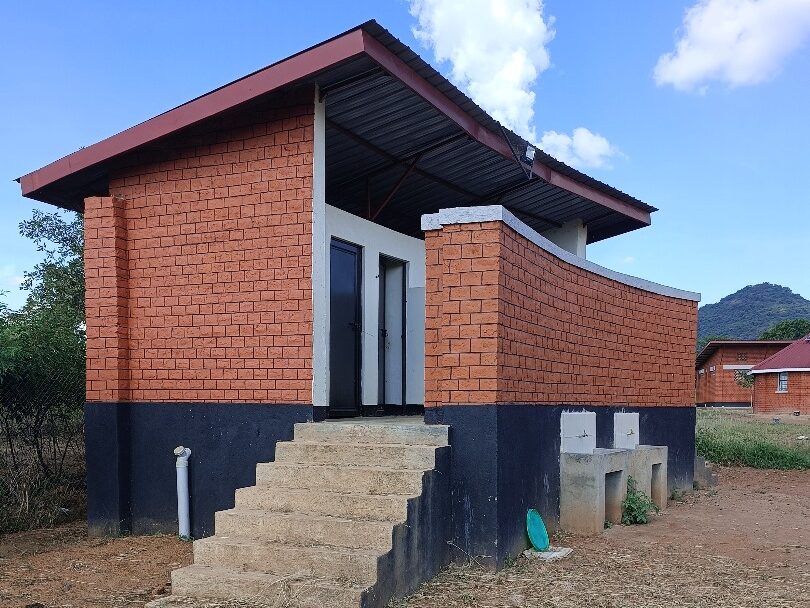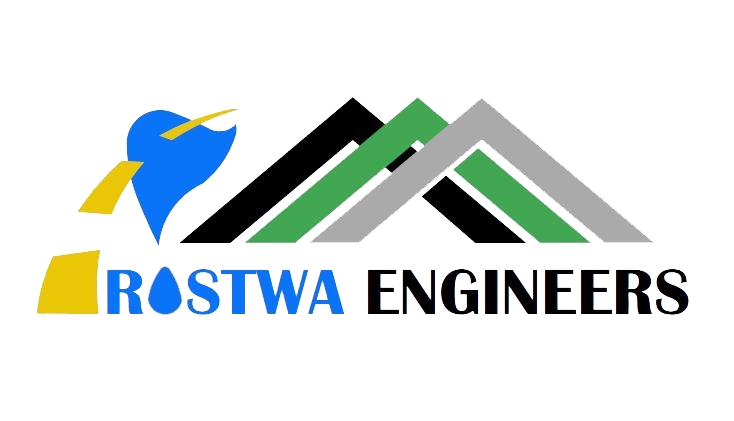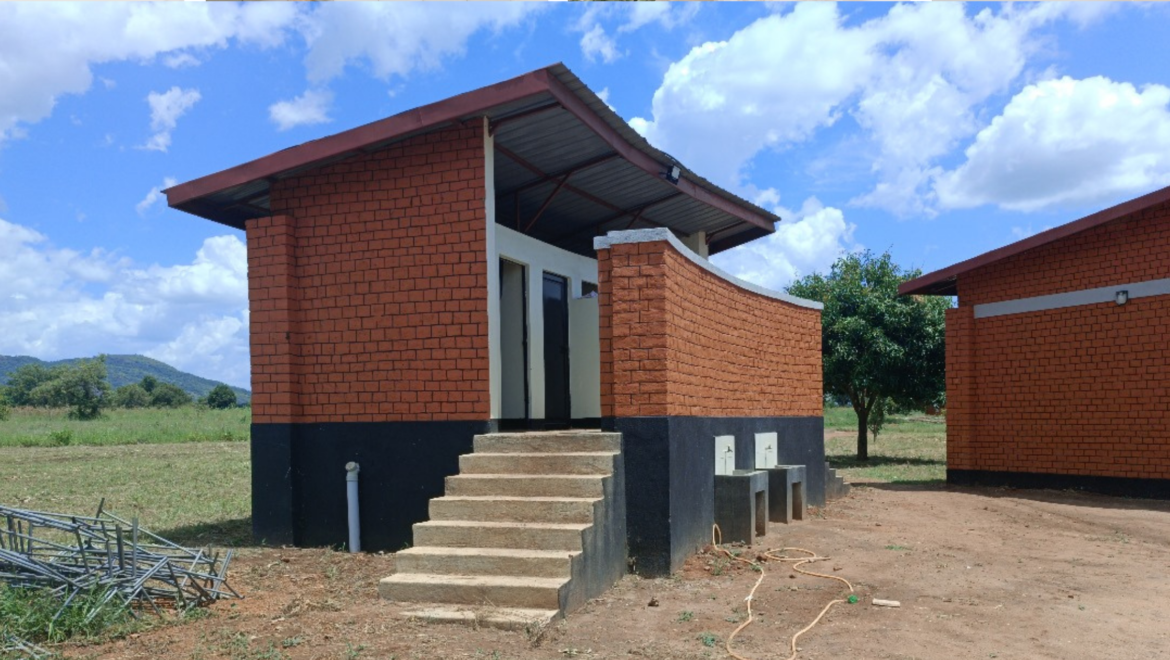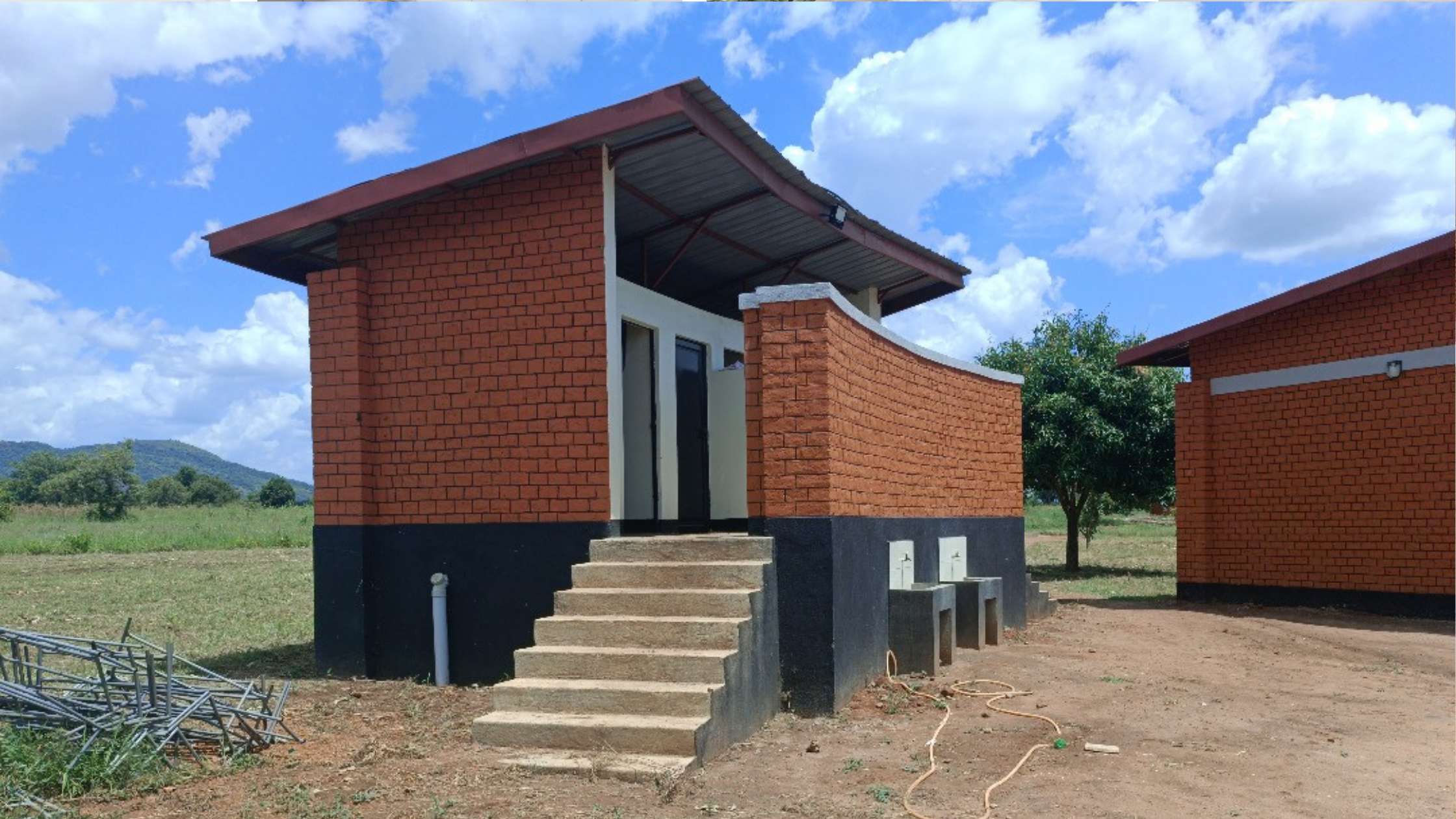Urine Diverting Dry Toilet (UDDT) in SanitationÂ
By Oscar (Civil Engineer)
Through our services tailored in the sanitation field to Adilang Vocational Training Institute, the institution has successfully implemented sustainable sanitation practices through the construction of Urine Diversion Dry Toilets (UDDTs). These innovative toilets offer a cost-effective and environmentally friendly solution for waste management in the institution. We are looking at sensitizing the community to adopting to this sanitation approach of handing human waste.

Educational Guide for Using UDDTs with Ashes
UDDTs, or Urine Diversion Dry Toilets, are a sustainable and eco-friendly sanitation solution that separate urine and faeces. The urine is diverted to a separate chamber, while the faeces are dried using ashes. This method reduces water consumption, produces valuable fertilizer, and helps prevent the spread of diseases.
- Urine Diversion:
- When using the UDDT, sqaut and ensure your urine flows into the designated urine chamber. This will help prevent mixing with the faeces.
- Faeces Collection:
- After using the toilet, sprinkle a layer of ashes over the faeces. This will help absorb moisture and reduce odours.
- Use the provided scoop or shovel to distribute the ashes evenly.
- Regular Maintenance:
- Empty the urine chamber periodically to prevent overflow and odour.
- Collect the dried sludge from the faeces chamber and use it as fertilizer for your garden or farm.
- Add more ashes as needed to maintain proper moisture absorption.
- Hygiene Practices:
- Always wash your hands with soap and water after using the UDDT.
- Avoid touching the toilet seat or other surfaces with your bare hands.
Step-by-Step Guide
Associated Benefits
- Cost Efficiency
UDDTs are significantly more cost-effective than traditional pit latrines and flush toilets, as they do not require a water supply or sewer connection, do not require very deep earth pit excavation and lining works. This reduces the initial construction and maintenance costs, making them a viable option for rural areas.
- Water Conservation
UDDTs significantly reduce water consumption compared to traditional flush toilets. By diverting urine and faeces into separate chambers, UDDTs minimize the need for water for flushing. This conserves water resources, particularly in regions with limited water availability.
- Dried Sludge Reuse
The dried sludge produced by UDDTs can be used as a valuable organic fertilizer for the school’s garden. This practice promotes sustainable agriculture and reduces the need for chemical fertilizers that have other adverse environmental problems.
- Operation and Maintenance
UDDTs require minimal maintenance and operation. The urine chamber is periodically emptied, and the dried sludge can be collected for use as fertilizer. Proper hygiene practices, such as handwashing, are essential to prevent the spread of diseases.
Challenges and Best Practices / Lessons learnt.
One of the main challenges encountered in the implementation of UDDTs is educating users on proper usage. Some students may not be familiar with the concept of urine diversion and may require training on how to use the toilets correctly. To address this, the institute is implementing educational programs and instructions.
Traditional belief among the locals for example if ashes is sprinkled on top of human waste then someone can die. etc. are some of the challenges that need to be addressed by continuous education of some people.
Conclusion
The construction of UDDTs at the Adilang Vocational Training Institute demonstrates a commitment to sustainable practices and environmental stewardship. These toilets offer a cost-effective, water-efficient, and environmentally friendly solution for waste management. By addressing challenges such as user education and proper maintenance, the institute can ensure the long-term success of its sanitation program.







